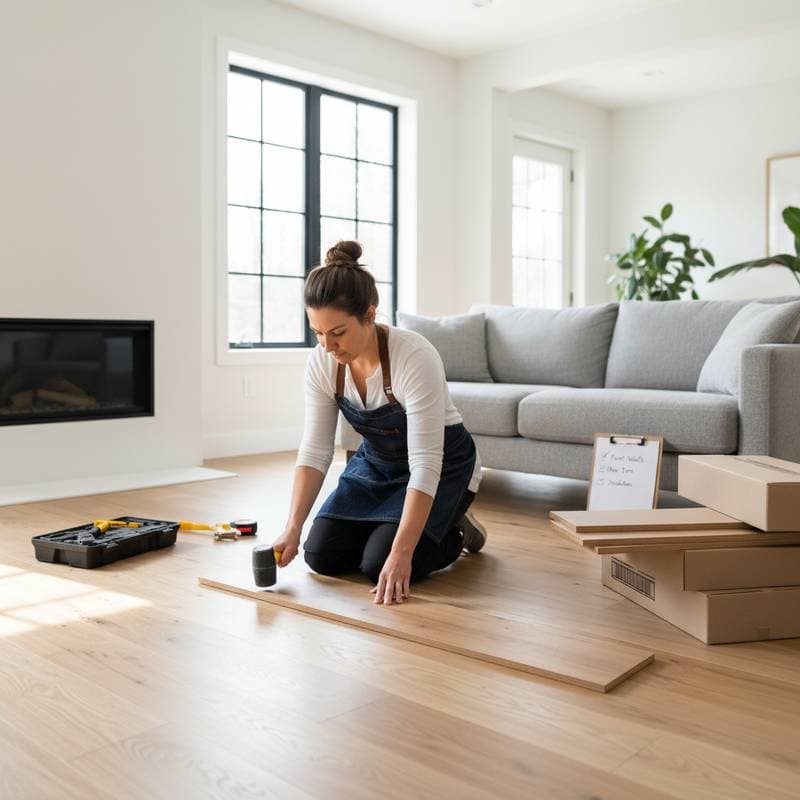Understanding Medicare Coverage for Stair Lifts in 2025
Stair lifts provide vital support for individuals facing mobility challenges in multistory homes. As the population ages, demand for these devices increases, yet coverage options remain limited. Medicare, the federal health insurance program for people aged 65 and older, generally does not cover stair lifts because they classify as home modifications rather than durable medical equipment.
This distinction means standard Medicare Parts A and B exclude stair lifts from reimbursement. Part A covers hospital stays and some home health services, while Part B addresses doctor visits and outpatient care, including certain medical equipment like wheelchairs. Stair lifts fall outside these categories, as they enhance home accessibility rather than serve as portable medical aids.
Exceptions exist through Medicare Advantage plans, also known as Part C. Some private insurers offering these plans include supplemental benefits for home safety features. Eligibility depends on the specific plan, location, and provider network. Review annual enrollment periods, typically from October to December, to explore options that might offset costs.
Exploring Alternative Coverage Sources
Medicaid serves as a potential lifeline for low-income seniors. Unlike Medicare, Medicaid varies by state and often covers home modifications deemed medically necessary. A physician's prescription and assessment can strengthen a claim, demonstrating that a stair lift prevents institutionalization.
Veterans may qualify for assistance through the Department of Veterans Affairs. The VA's Home Improvements and Structural Alterations grant provides up to $2,000 for mobility aids, with higher amounts available for service-connected disabilities. Apply through local VA offices, submitting medical documentation to expedite approval.
Nonprofit organizations and local agencies also offer grants. Programs like those from the Administration for Community Living target aging in place initiatives. Contact area agencies on aging for referrals, as funding availability fluctuates.
Assessing the True Costs of Stair Lifts
Installation costs for stair lifts vary based on home layout and model type. A straight-rail stair lift, suitable for simple staircases, typically ranges from $3,500 to $5,000. This includes the unit, basic installation, and a one-year warranty.
Curved-rail models, required for winding stairs, command higher prices of $8,000 to $10,000. Custom fabrication accounts for much of the premium, as measurements must accommodate unique angles and landings. Additional expenses arise from electrical upgrades, often needed to power the device safely.
Labor costs add $700 to $1,200, influenced by regional contractor rates and project complexity. In urban areas, expect the upper end due to higher demand. Always obtain multiple quotes from certified installers to ensure competitive pricing.
Detailed Cost Breakdown
| Component | Average Cost Range | Influencing Factors |
|---|---|---|
| Straight-rail unit | $3,500 - $5,000 | Standard materials and assembly |
| Curved-rail unit | $8,000 - $10,000 | Custom design and engineering |
| Installation labor | $700 - $1,200 | Local rates and staircase access |
| Electrical modifications | $200 - $500 | Wiring distance and outlet placement |
| Extended warranty | $300 - $600 | Coverage duration and service area |
Refurbished units offer savings of 25 to 40 percent, but require thorough inspections for safety compliance. Verify that sellers provide certification from manufacturers like Bruno or Stannah. Factor in potential reinstallation fees if the unit needs adjustments.
Supply chain issues continue to elevate prices, with steel tariffs and import delays adding 10 to 15 percent to base costs. Monitor market trends through industry reports to time purchases advantageously.
Planning Installation Timing
Select installation periods wisely to minimize disruptions and expenses. Early spring or late fall sees reduced contractor workloads, potentially lowering labor fees by 10 to 20 percent. Avoid peak summer months when demand surges from vacation-related home projects.
Anticipate lead times of four to six weeks for standard models and up to eight weeks for custom ones. Order early if mobility needs are foreseeable, allowing time for measurements and approvals. Coordinate with healthcare providers to align installations with recovery periods post-surgery or illness.
Site preparation enhances efficiency. Clear staircases of obstacles and ensure stable power sources. Professional assessments, often free from installers, identify any structural reinforcements needed, preventing costly surprises.
Ensuring Long-Term Reliability Through Maintenance
Proper upkeep extends a stair lift's lifespan to 10 to 15 years. Clean tracks monthly with a soft cloth to remove dust, and apply manufacturer-recommended lubricant to rollers and chains annually. These steps prevent wear and maintain smooth operation.
Schedule professional inspections yearly, costing $100 to $200. Technicians check electrical connections, safety sensors, and remote controls. Address issues like unusual noises or jerky movements promptly to avoid motor failures, which can exceed $1,000 in repairs.
Budget $150 annually for routine servicing. Track maintenance in a log to monitor patterns and warranty claims. Educate household members on emergency stop procedures and weight limits, typically 250 to 400 pounds, to promote safe use.
Securing Funding and Next Steps
Combine coverage options for optimal affordability. Apply for Medicaid or VA benefits first, then explore Medicare Advantage supplements. Financing through home equity loans or manufacturer payment plans spreads costs over time, with interest rates around 5 to 8 percent.
Consult occupational therapists for personalized recommendations, ensuring the stair lift fits specific health needs. Gather quotes, review contracts for hidden fees, and prioritize models with UL certification for safety.
Investing in a stair lift supports independent living, reducing fall risks and enhancing quality of life. Take these steps to navigate costs and coverage effectively, creating a safer home environment.


